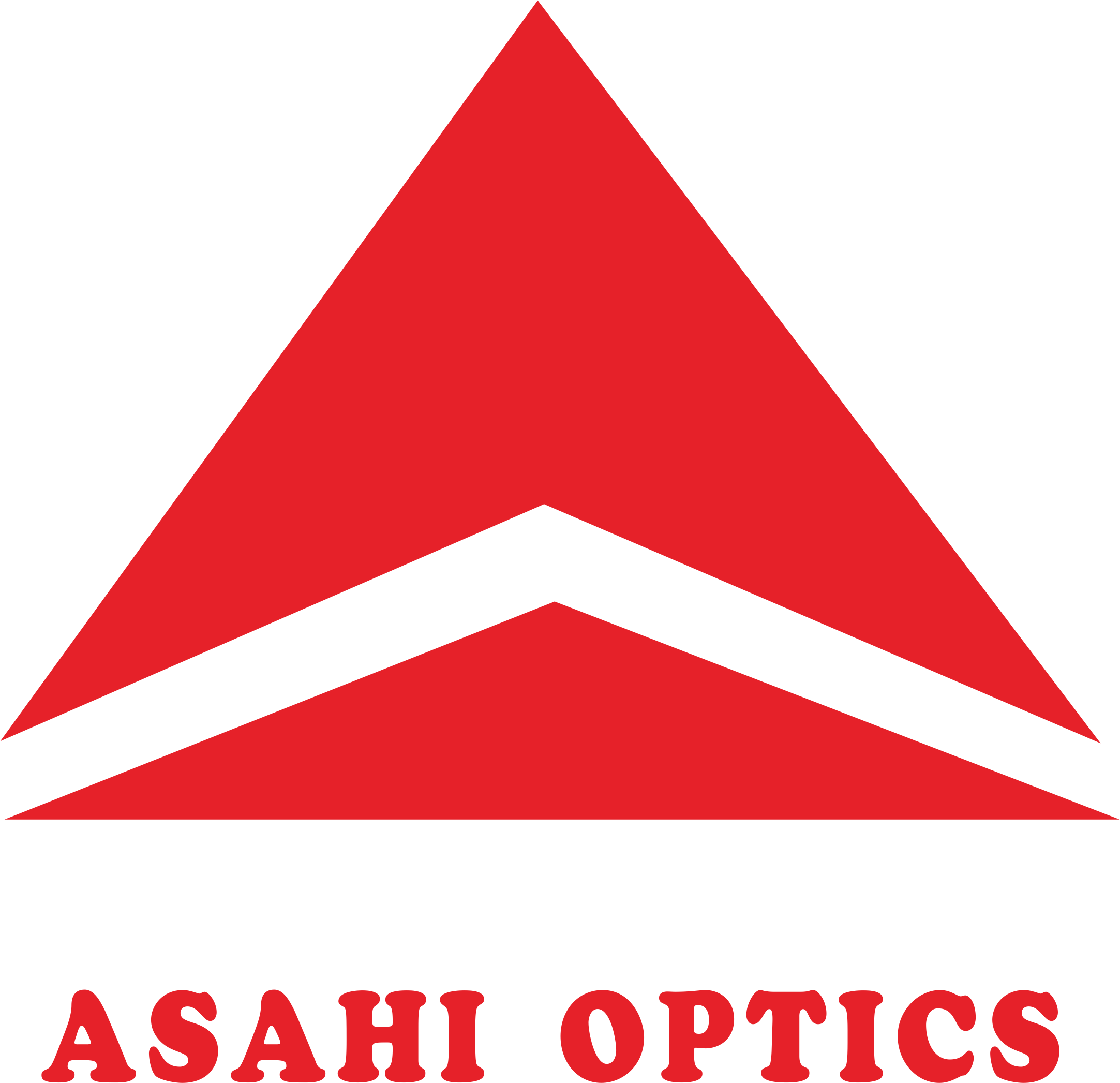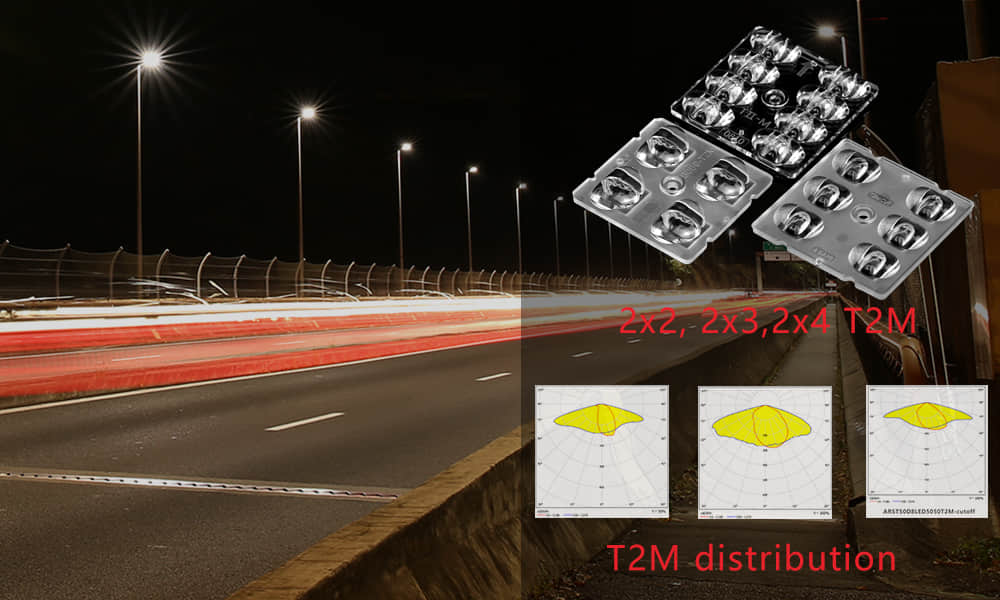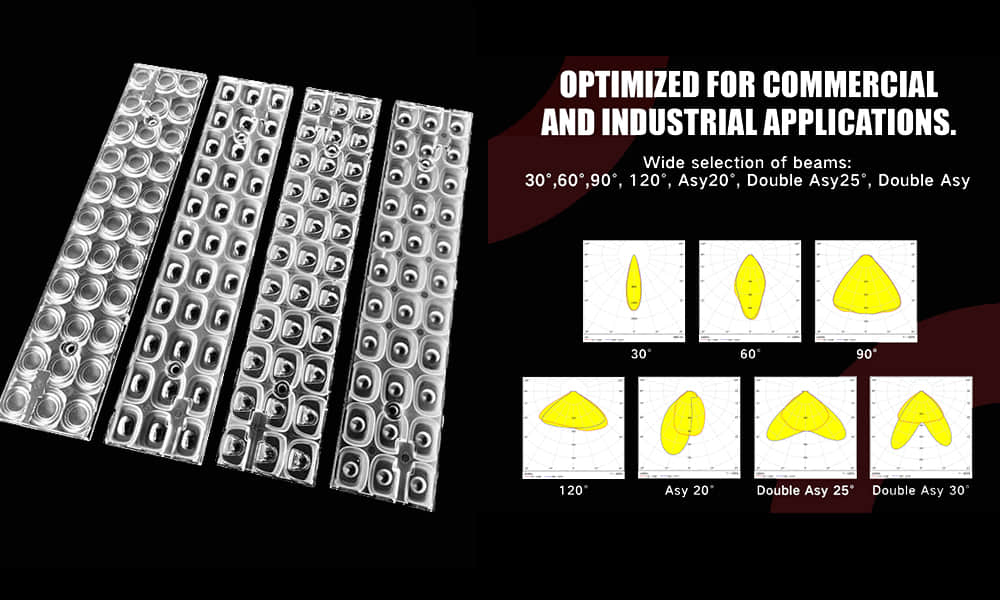In modern society, lighting goes far beyond simply providing basic brightness. Whether working, studying, relaxing, or engaging in outdoor activities, the quality of the light environment directly impacts people's visual comfort, productivity, safety, and even physical and mental health. Therefore, understanding and adhering to a set of scientific lighting standards and design criteria is crucial to creating an excellent lighting environment.
As an innovator in optical solutions, Asahi Optics is committed to helping customers meet stringent lighting standards through advanced optical technologies, creating lighting environments that are both functional and aesthetically pleasing.
What are Lighting Criteria?
Lighting Criteria are a set of parameters and standards used to evaluate and guide the design and performance of lighting systems. They cover multiple dimensions, from light intensity and distribution to quality, ensuring that lighting systems meet the needs of specific applications while also balancing energy efficiency and sustainability.
These criteria, typically developed by international and national standards organizations (such as CIE, IES, and GB), are mandatory for lighting designers and manufacturers.
Lighting Criteria Detailed
1. Illuminance
Illuminance refers to the amount of light received per unit area, typically measured in lux. It measures the brightness of a surface. Different locations have different illumination requirements:
- Offices: Typically require 300-500 lux to ensure employees can clearly read and operate their computers.
- Factory Floors: Precision work areas may require up to 750-1000 lux, while general areas may require lower lux.
- Outdoor Roads: Depending on the road grade and traffic volume, illumination requirements range from a few lux to tens of lux.
Asahi Optics' optical lenses enable precise light distribution, ensuring that light is accurately projected to the target area, meeting the illumination requirements of different application scenarios and avoiding light waste.
2. Glare Control
Glare refers to the phenomenon of uneven brightness distribution or excessive brightness contrast within the field of view, causing visual discomfort or reducing object visibility. Glare not only affects visual comfort but can also pose a safety hazard. The Unified Glare Ratio (UGR) is a key indicator for measuring indoor glare.
Asahi Optics utilizes sophisticated optical design, specifically TIR (total internal reflection) technology and advanced free-form lenses, to effectively control light beam direction, minimize direct and reflected glare, and significantly reduce the UGR, providing users with a more comfortable visual experience.
3. Uniformity
Light uniformity measures the even distribution of light within an illuminated area. Uneven lighting results in sharp contrasts between light and dark, which can easily cause visual fatigue. High uniformity is crucial in environments requiring prolonged concentration (such as offices and classrooms) and where clear object identification is essential (such as stadiums and industrial workshops).
Our optical solutions offer a variety of light distribution curves to ensure uniform light distribution within the target area, eliminating shadows and bright spots, thereby improving overall lighting quality and visual comfort.
4. Color Rendering Index, CRI
Color rendering refers to a light source's ability to render an object's true color, typically expressed as a color rendering index (CRI), with a maximum value of 100. Light sources with high CRIs reproduce the colors of objects more realistically, which is particularly important in retail, art exhibitions, medical diagnostics, and other places where color accuracy is critical.
5. Correlated Color Temperature, CCT
Color temperature describes the color appearance of the light emitted by a light source and is measured in Kelvin (K). Warm light (2700K-3000K) creates a warm and comfortable atmosphere and is suitable for homes; neutral white light (4000K-5000K) is suitable for offices and commercial spaces; and cool white light (5000K-6500K) is often used in industrial and outdoor lighting.
6. Energy Efficiency
Energy efficiency is an essential consideration for modern lighting systems. LED lighting is inherently energy-efficient, and optimized optical design can further improve light utilization and reduce light loss, thereby minimizing energy consumption and operating costs.
How Asahi Optics Meets Lighting Criteria
Asahi Optics leverages its expertise and innovative capabilities in precision optics to provide customized solutions that meet a wide range of lighting standards:
- Advanced Optical Design: Our team of optical engineers utilizes state-of-the-art simulation software to design lenses with customized light distribution curves and superior glare control, tailored to specific customer needs and international standards.
- Premium Material Selection: We utilize high-quality, optical-grade materials to ensure lenses maintain high light transmittance and stability over long-term use, while also meeting stringent requirements for weather resistance and UV resistance.
- Customized Services: Whether designing standard products or highly customized solutions, Asahi Optics provides comprehensive support from concept to mass production, ensuring your lighting system perfectly meets all lighting criteria.
Conclusion
Understanding and applying scientifically-based lighting standards and design guidelines is the cornerstone of creating a high-quality light environment.
Asahi Optics is committed to being your trusted partner, helping you address complex lighting challenges through our innovative optical lens technologies and expert optical design capabilities, enabling you to achieve efficient, comfortable, and sustainable lighting solutions.


